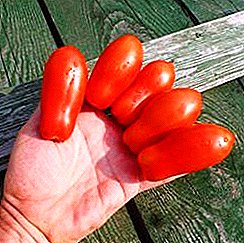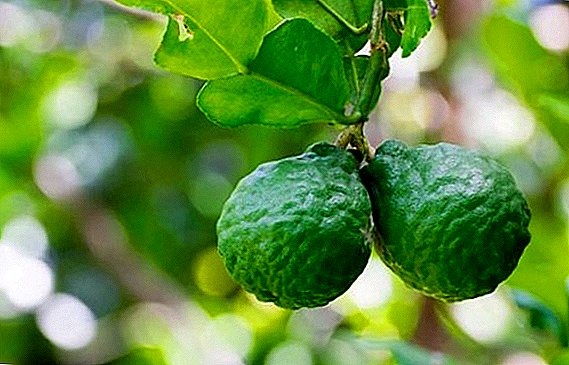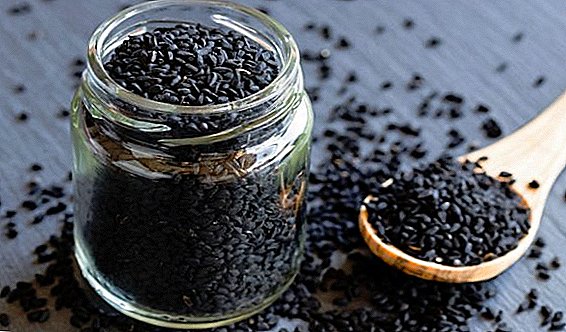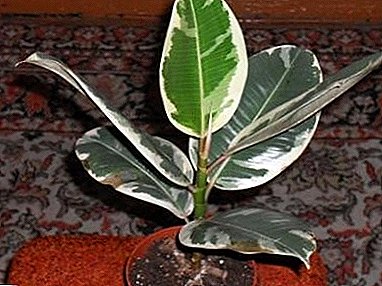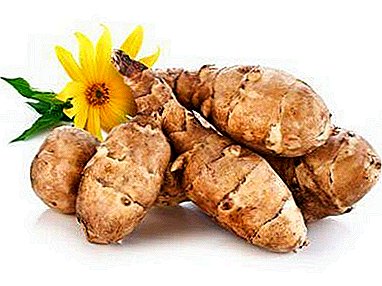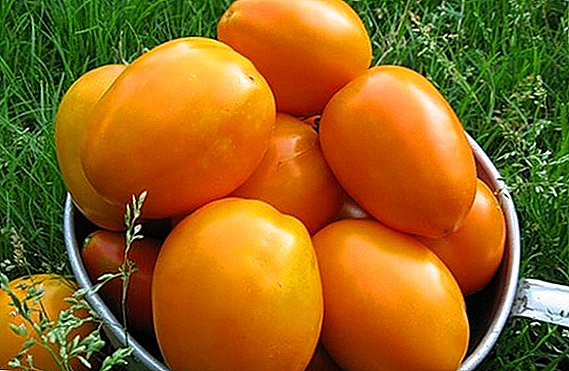
Orchids grown in indoor conditions need increased care and attention, since they can be attacked by a wide variety of insect pests. Aphid is considered the most dangerous parasite for orchids, because in a short time it can completely destroy the beauty and health of a flower. Next, you will learn how to get rid of this pest, how it looks in the photo.
What types of pest affect the flower?
Orchids are affected by different kinds of aphids: gray, black, white, brown, green, red and yellow.
Aphids, above all, settle on the back of the leaves. Then the insects spread along the stalk and eventually reach the flowers, striking the whole plant.
Attention! Aphids feed on the sap of the flower, thereby damaging its tissue. The leaves are curled as a result, the stem turns black, the flower stalks dry out and fall off.
You can learn more about what aphids eat here.
In the course of their vital activity, these parasites secrete sticky sugary secretions that cover the flower with a translucent bloom. This liquid is very attractive for ants, with whom the aphid is in constant symbiosis (for more on the symbiosis of ants and aphids, see here). Therefore, it is not surprising that a whole army of ants will reach for the flower of aphids.
More details about the types of aphids can be found in this material.
Appearance and symptoms
Aphids have several ways to get into an orchid pot:
- through the open window when airing;
- from a nearby infected plant;
- You can also bring it from the street on clothes and shoes.
At first, small insects hide from the back of leaf plates of an orchid, and it is almost impossible to notice them immediately. But gradually the aphid takes root, settles and begins to actively multiply.
In just 2 weeks, the pests completely hit the flower. Females of aphids are very fertile and reproduce about 40 larvae in one clutch. On the seamy side of the leaves are very clearly visible colonies of hundreds of aphids, the size of which reaches 2.5-3 mm.
The main symptoms by which you can determine the appearance of aphids in the orchid:
- Faded and fall flower stalks.
- The leaf plates of the flower are deformed, curl and lose their decorative appearance.
- On the stems grow dark spots.
- A sticky secretory fluid forms on all the organs of the plant.
A photo
And so look at the photo of the pest, who occupied the flower.



How to fight at home?
Initially, you can try to heal a sick orchid with folk aphid recipes.because they are made up of plant ingredients that do not cause harm to humans and pets. But if such methods prove to be powerless in pest control, the next step will be to resort to the use of insecticides and other chemically active substances.
Consider all the ways to deal with aphids on houseplants.
Mechanical removal
Destroying aphids is to remove pests with your fingers, or to flush them from the plant with a stream of warm water under the shower. Orchid substrate should also be well washed, disinfected with a weak solution of potassium permanganateand then dry thoroughly.
The use of biologics
Biopreparations appeared not so long ago, they are the means of a new generation for pest control of indoor plants. But they have already proven themselves very well and are recognized as quite effective.
Impact on aphids occurs as a result of infection by bacteria and fungi, which with their poisons poison pests, slowing their development and reproduction. The effect of the use of biological products is already visible in the first week, and their protective properties are valid for another two weeks. These tools are good because they can be processed directly in the room.
The most effective remedies for aphids on orchids are:
- Fitoverm.
- Arrow.
- Entobacterin.
- Jaguar.
- Confidor.
Folk methods
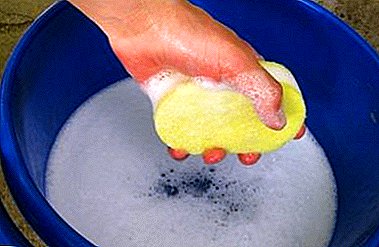 Soap solution - its antiseptic and disinfecting effect has a detrimental effect on aphids. Orchid soap, which can be rubbed on a coarse grater in a bowl with warm water, is perfect for treating orchids from parasites, and then treating all the leaves and the stem of the flower with this soap solution. Dishwashing detergent also serves this purpose perfectly.
Soap solution - its antiseptic and disinfecting effect has a detrimental effect on aphids. Orchid soap, which can be rubbed on a coarse grater in a bowl with warm water, is perfect for treating orchids from parasites, and then treating all the leaves and the stem of the flower with this soap solution. Dishwashing detergent also serves this purpose perfectly.- Citrus water - an excellent remedy for spreading aphids on flowers.
For this you need:
- take a handful of any citrus peels (lemon, orange, tangerine, grapefruit);
- fill it with a glass of boiling water;
- insist about 3 days.
The resulting infusion of the plant is sprayed every 4-5 hours. To enhance the effect, soaked crusts of their infusion can be put on the soil around the flower.
- Onion water - will help save the flower with a strong spread of aphids.
For the preparation of funds:
- 1 large onion is taken, ground into mush;
- poured steep boiling water and infused for 6 hours;
- cooled solution must be filtered through cheesecloth;
- further spray them with an orchid several times a day for about 3-4 days.
Onion water consists of disinfecting components and has a very strong odor that will cause the plant lamb to leave the plant.
Essential oils - have a good effect in the fight against parasites. For example, you can take:
- 10-15 drops of tea tree oil or peppermint ether;
- dissolve them in a large 300 gram glass of water;
- process the resulting solution leaves and trunk of an orchid.
It is possible to apply this means 1 time in 2 weeks.
Means based on essential oils are not recommended to be used at high humidity and temperature above 25 вышеC.
More information about the most effective folk remedies for aphids can be found here.
Chemicals
Chemistry for plants should be used only with a strong infection of aphids, when other methods have not helped to cope with the pest. The dosage of each drug must be calculated strictly according to the instructions from the manufacturer.
Insecticides by impact on aphids are divided into 3 groups:
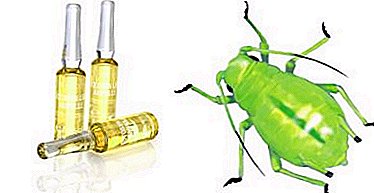 Contact - Spruzit-AF, Permethrin, Roxion-D, Neoron, affect the skin of parasites.
Contact - Spruzit-AF, Permethrin, Roxion-D, Neoron, affect the skin of parasites.- Intestinal - Fitoverm, Aktara, Aktellik, Inta-Vir, Arriva, enter the body of insects through the intestines.
- Systemic - Methylmercaptophos, Bi-58, Fosfomit, act instantly, destroying both adult individuals and their larvae and eggs, help prevent re-defeat of the flower. The preparations are absorbed by the root system of an orchid, then fall into its trunk and leaves, making the juice poisonous to the aphid.
All these tools need to alternate between themselves and use in a row no more than 3 times, because the aphid very quickly gets used to the effects of chemicals, and they can no longer act on it.
Processing plants should be carried out in the fresh air with gloves and a respirator. Do not allow poisons in the eyes and on bare skin.
- on pepper;
- on roses;
- on fruit trees;
- on cucumbers;
- on currants;
- on indoor and garden plants.
What to do for prevention?
Everyone knows that it is easier and more correct to prevent infection of a flower by an aphid than to fight the invasion of this small and very dangerous pest. To do this, observe the following preventive measures:
- When buying an orchid at a store, be sure to check if you take a healthy plant. Carefully study its root system and leaves for the presence of parasites.
- When you first transplant the store flower for permanent residence, disinfect the prepared soil.
Aphid larvae can be destroyed in the freezer or by heating the soil in the oven. But the simple treatment of the substrate with boiling water will be no less effective.
- It has been observed that excessively dry air can trigger aphids. In order to avoid the invasion of parasites, the humidity in the room should be about 60%.
- Proper watering for the health of the flower is important. Excessive moisture in the buds of the orchid and on its leaves can attract insects. It is best to periodically spray a plant from a spray bottle with cool water, and it is better to do root watering less often.
- Proper and regular fertilizing will give orchid strength to resist insect pests.
- Aphids do not tolerate strong odors, so it will be useful to put geranium next to the flower, to lay out bundles of wormwood or garlic cloves next to it.
Conclusion
Fighting aphids at home with an orchid is much easier than killing pests on garden plants (you can find out about the helpers in the fight against aphids in this material). To prevent re-infection of the flower, it is necessary to notice a colony of aphids in time and exterminate it without delay. And there are many methods of fighting this unpleasant insect, and each of them is effective in its own way.


 Soap solution - its antiseptic and disinfecting effect has a detrimental effect on aphids. Orchid soap, which can be rubbed on a coarse grater in a bowl with warm water, is perfect for treating orchids from parasites, and then treating all the leaves and the stem of the flower with this soap solution. Dishwashing detergent also serves this purpose perfectly.
Soap solution - its antiseptic and disinfecting effect has a detrimental effect on aphids. Orchid soap, which can be rubbed on a coarse grater in a bowl with warm water, is perfect for treating orchids from parasites, and then treating all the leaves and the stem of the flower with this soap solution. Dishwashing detergent also serves this purpose perfectly. Contact - Spruzit-AF, Permethrin, Roxion-D, Neoron, affect the skin of parasites.
Contact - Spruzit-AF, Permethrin, Roxion-D, Neoron, affect the skin of parasites.

